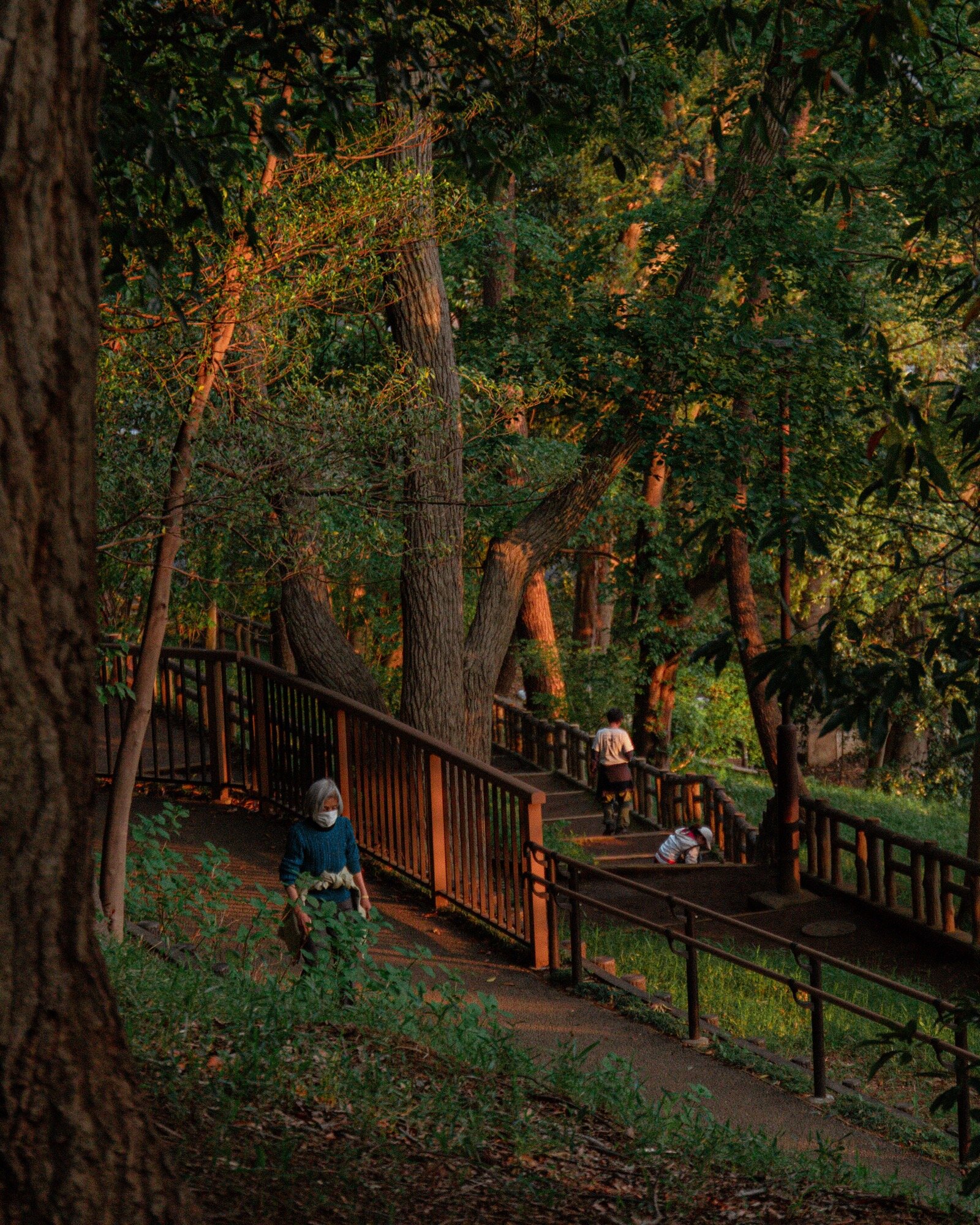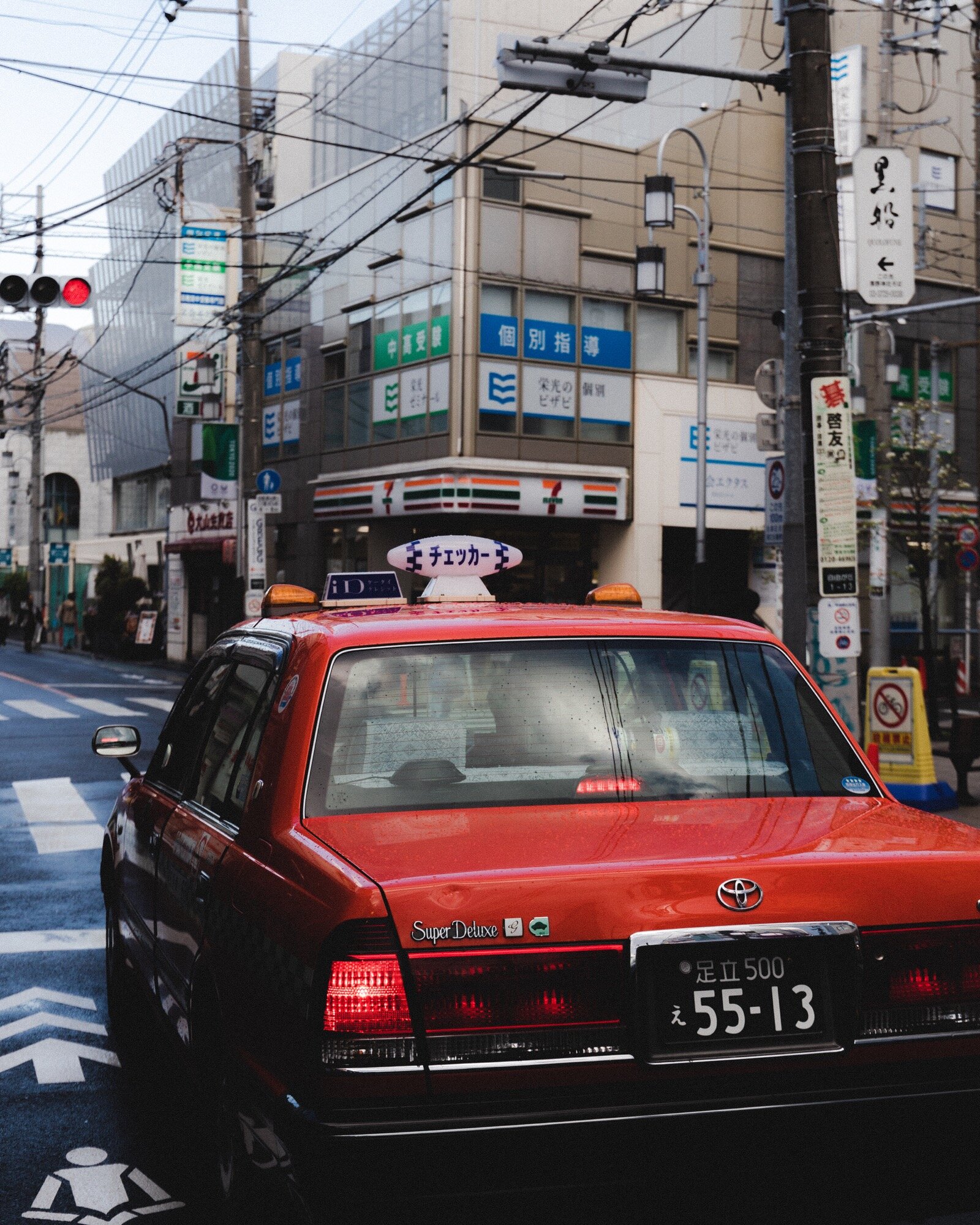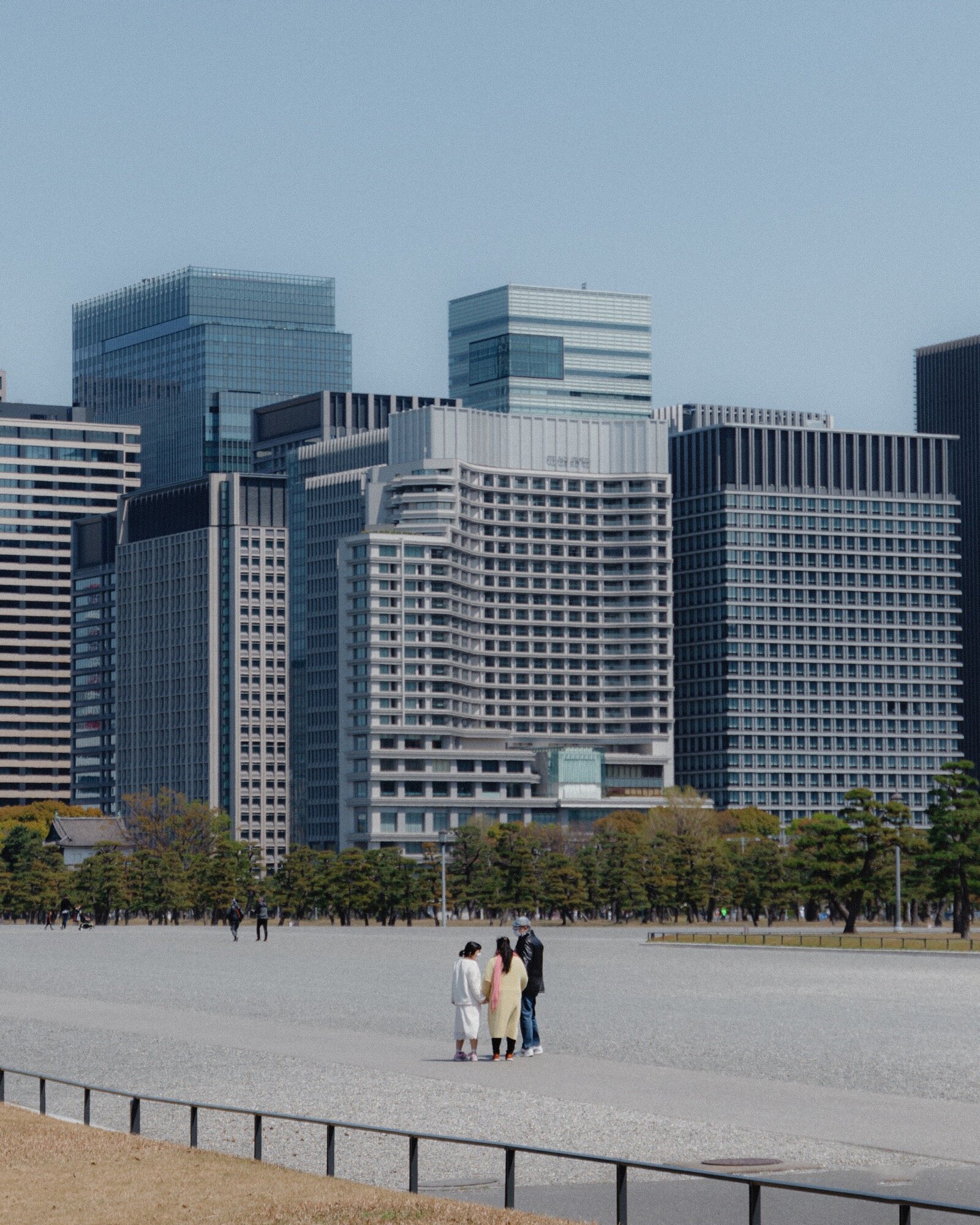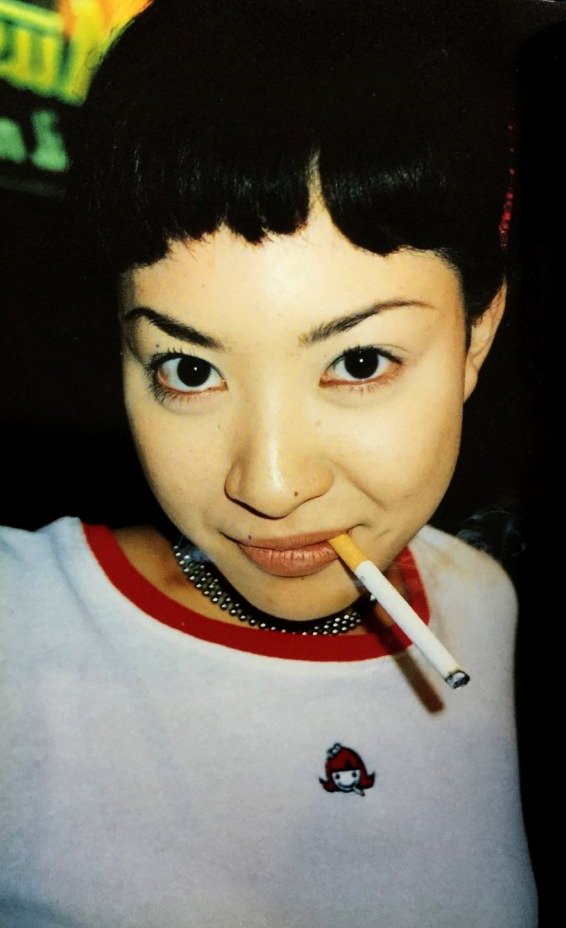Tokyo Through The Lens of Natalie Sosa: Removing The Veil On The Loneliest City

Natalie Sosa is an architect and photographer from the city of Monterrey, Mexico.
She has always remained pensive about pursuing photography as a profession, despite receiving recognition for her work with the genre-bending Mexican group, Aquihayaquihay.
Her reservations are due to memories of her father, who had to abandon his photography dreams for more stable and secure work. This is when she formed the attitude that a career in photography was a luxury reserved for Monetrrey’s privileged class. Despite boasting the title of one of the most livable and prosperous cities in Mexico, Monterrey is still plagued by the social inequality present in the rest of the country: less of a wealth gap and more of a cascm. Natalie grew up without any nearby photography schools and without the money to travel to one outside her neighbourhood. Already experiencing the inaccessibility of photography, but committed to the arts, she studied the only available subject which fell under the umbrella of fine art: architecture.
Here, she developed a symbiotic relationship between architecture and photography. It was her overlapping aptitude in both fields combined with her dedication to leave Mexico that allowed her to win a coveted internship while studying at Tecnológico de Monterrey. She was not only able to leave Monterrey for the first time, but also to work as an architect in any country of her choosing. Her choice was Japan, and what follows are a series of photos capturing Tokyo through her eyes.
Accustomed to life on that liminal line between two worlds, the idealistic and the realistic, Natalie uses this same dual-lens to capture Japan. Removing the romanticised veil of Tokyo we have grown accustomed to as observers, she exposes how frightening and isolating life can be in one of the safest and most populated cities in the world; a city in contradiction to the only one she’s ever known.
”I really had no expectation of going far from Mexico, but I kind of worked for that, and still I’m working for that. My city (Monterrey, Mexico) is like the opposite of Tokyo. You really have to use a car for everything. You really cannot walk here. It’s not dense at all, it’s the countryside, you know everybody here. There are real ambitions and dreams, people are working so hard to get out of here. I don't like to say it, but it's the same for me. It's not horrible here. You can live comfortably, you can live good, but you won't be rich. It’s the quality of life more than anything, the quality of experiences. In Tokyo, you’re able to just take a walk around the city. You’re able to just be secure around the city, and you have a lot of places to go. In Tokyo, you can approach people, meet new people, and know they're not going to be dangerous. You’re always insecure [in Monterrey]. There are real social problems. You’re always afraid of meeting new people. If you live [in Monterrey], you're always with the same group of people because it’s safe, which is really bad for creativity. If you get really ambitious about life, you look beyond the city. I was tired of doing the same shit, so I started sneaking into the huge buildings [to take photos]. Here, everything is private. Everything is fucking private. Taking photos is kind of illegal.”
“If you have a camera, you expect a policeman to come and say “hey, you cannot take photos here”. You’ll ask why, and they’ll just say “I don’t know, but you cannot take photos here”. So that's how I started getting into photography, and I still do it. I sneak in [to buildings] and take photos, just looking for the most aesthetic view. There’s something magic about the lights, about the sun. There’s always something magic in every city, no matter how big or how little it is. It's easy to find when you look for the big picture, when you're trying to make a statement. So, yeah, I live for that. That’s my only plan. Even if I die from not having money, I will have died for this.”
“Photography has always been in my life. My father used to be a photographer and I grew up in darkrooms, but my dad had to give up on that dream. I only saw that side of my dad for 6 years. He gave me his cameras. I always approached photography with the story of my dad in mind: if you do photography here, you're gonna have to give it up. So, I knew to do this I had to have more courage. Trying to be the best without a plan B. There’s no plan B here… but there is no photography here either. So, I started to study architecture as a plan B. It's the only school involved in arts here. I was super young, I couldn't go anywhere, didn’t have the money to go anywhere. I thought ok, I'll do this. I'll learn from this, I’ll learn about space. What I learned is architecture is human, it’s so human. You really think about how a human is gonna feel a space, and how they feel in it: what a space expresses.”
“So, with photography I think I found connections to architecture. You can also express a lot about a person in photography. It’s human too. So, with photography, people were the first thing I was trying to reach in Tokyo. People are so lonely here. That’s why I capture all these huge spaces. Seeing people on their own, walking around in a huge space, how they sit in a park alone, how they can be so lonely in a country with so many people. That makes me think a lot. That says a lot about the city. When I chose Tokyo, I wanted to experience how people survived like that. There is a problem here, but it's a cultural problem. Although it got me here, it wasn’t about architecture anymore. It's kinda surprising how dense the city is, but still you can see these huge spaces that are so lonely. I have a lot of videos of people just walking alone in Tokyo. That’s what I wanted to capture. I got to Tokyo thinking, ok, how can I transmit that feeling? How can I talk about this through photography?”
“Loneliness through photography. How can I reveal how huge the city is? I wanted to show another side of Tokyo to the busy, tourist side we learn about. There’s another side I was trying to look for.”
“I grew up watching anime. Watching anime here in Mexico is kind of weird. No one has that access. I only had that access because of my brother and sister. Japanese culture has been important to me for as long as I’ve had memories. One thing I love, that I took from it is that without discipline you cannot reach your goals. Life will pass you by and I really wanted to learn from that. We talked before about how if there's no struggle, there’s no purpose. That’s my type of life. So I thought a way to understand applying this attitude to work was by living in Japan. I entered a competition to leave Monterrey. I had a really small portfolio compared to others because I didn’t want to give them everything. I only chose the projects I was proud of. Some of my photography was in there, too. I applied and gave them my work, but I heard nothing back, so I started to regret it. I went to them and was like “no, please can you give me back my portfolio?” I just didn’t want to be a part of it anymore, but they just said “no.” I didn’t see myself winning, but at the end of the day, that’s what happened. I won, and I chose Tokyo. I had to go to the farthest place I could. Out of my comfort zone, but for real. My comfort zone would have been going to Spain where everyone spoke Spanish. Somewhere I could make connections easily, but there's no such thing as easy. I wanted the hardest experiences. Out of anywhere in the world, I chose Tokyo. It’s the most secure city ever, and I'm in one of the most insecure countries. It was an experiment. I wanted to experience how that life looks, and it looks amazing.”
TEXT BY: Aku Owaka-Haigh





























